-
 bitcoin
bitcoin $114206.058833 USD
-0.82% -
 ethereum
ethereum $4129.796871 USD
-1.31% -
 tether
tether $0.999964 USD
0.00% -
 xrp
xrp $2.640265 USD
-0.68% -
 bnb
bnb $1141.700384 USD
-0.18% -
 solana
solana $200.380665 USD
-2.05% -
 usd-coin
usd-coin $0.999888 USD
0.01% -
 dogecoin
dogecoin $0.200706 USD
-3.43% -
 tron
tron $0.299112 USD
-0.60% -
 cardano
cardano $0.668491 USD
-2.72% -
 hyperliquid
hyperliquid $46.924669 USD
-2.72% -
 chainlink
chainlink $18.286013 USD
-2.66% -
 bitcoin-cash
bitcoin-cash $555.734639 USD
-0.58% -
 stellar
stellar $0.323999 USD
-2.74% -
 ethena-usde
ethena-usde $0.999169 USD
0.00%
How to Use the Aroon Indicator to Identify New Trends in Cardano (ADA)
The Aroon indicator helps Cardano traders spot trend changes, with crossovers signaling bullish or bearish momentum and consolidation when both lines stay below 50.
Oct 26, 2025 at 10:18 pm
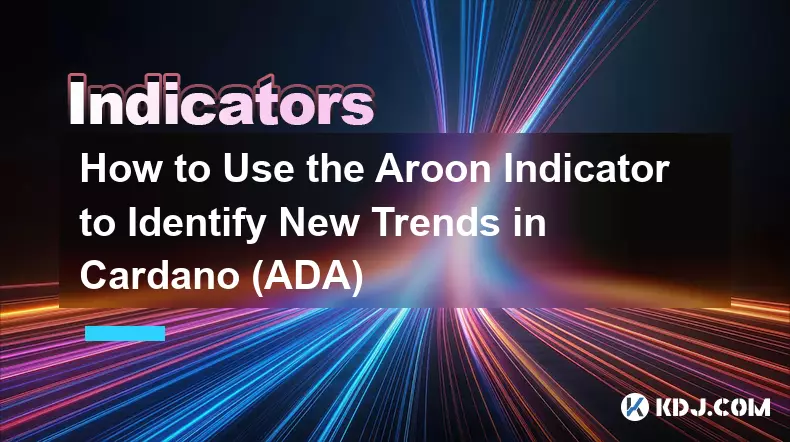
Understanding the Aroon Indicator in Cryptocurrency Trading
1. The Aroon indicator is a technical analysis tool designed to identify whether an asset is trending and the strength of that trend. It consists of two lines: Aroon Up and Aroon Down. Aroon Up measures the number of periods since the highest price within a specified timeframe, while Aroon Down tracks the number of periods since the lowest price.
2. In the context of Cardano (ADA), this indicator helps traders detect early signs of trend changes. When Aroon Up crosses above Aroon Down, it signals potential bullish momentum. Conversely, when Aroon Down surpasses Aroon Up, bearish sentiment may be emerging.
3. The standard setting for the Aroon indicator is 14 periods, but traders often adjust this based on their strategy and time frame. Short-term traders might use a lower period count to capture quick shifts in ADA’s price action, while long-term investors may prefer longer settings for more reliable signals.
4. One advantage of the Aroon indicator is its ability to highlight consolidation phases. When both Aroon Up and Aroon Down remain below 50, the market is likely range-bound, indicating low volatility and lack of a clear trend in ADA’s value.
5. Traders should not rely solely on the Aroon indicator. Combining it with volume analysis or moving averages enhances accuracy, especially in volatile markets like cryptocurrency where sudden news events can distort technical patterns.
Applying the Aroon Indicator to Cardano Price Charts
1. To apply the Aroon indicator to ADA, open a charting platform such as TradingView and select the Aroon oscillator from the indicators list. Set the period to 14 unless your strategy calls for adjustments based on historical performance.
2. Observe how Aroon Up reacts when ADA reaches new highs over the selected period. If Aroon Up hits 100 and stays near that level, it confirms strong upward momentum. This can precede sustained rallies, particularly after extended sideways movement.
3. Watch for crossovers between Aroon Up and Aroon Down. A crossover where Aroon Up moves above Aroon Down suggests a new uptrend may be forming in ADA, offering potential entry points for long positions.
4. Divergences between price and the Aroon lines can signal weakening trends. For example, if ADA makes a higher high but Aroon Up fails to reach 100 again, the rally may lack conviction and could reverse.
5. During prolonged downtrends, Aroon Down will remain elevated, often above 70 or even at 100. A drop below 50 in Aroon Down may indicate declining bearish pressure, hinting at a possible reversal or bottom formation in ADA’s price.
Combining Aroon with Other Tools for Better Accuracy
1. Using the Relative Strength Index (RSI) alongside Aroon improves signal reliability. If Aroon indicates a new uptrend while RSI exits oversold territory, the likelihood of a sustainable move increases significantly.
2. Volume confirmation strengthens Aroon-based decisions. A surge in trading volume during an Aroon Up crossover supports the validity of the breakout, reducing false signals common in low-liquidity environments.
3. Moving averages act as dynamic support or resistance levels. When Aroon signals a trend change and ADA’s price simultaneously breaks above a key moving average like the 50-day or 200-day MA, the confluence reinforces the trade setup.
4. Bollinger Bands help contextualize volatility. If Aroon detects a trend shift while the bands are expanding, it suggests increasing momentum, making the signal more trustworthy than one occurring during contraction.
5. Fibonacci retracement levels provide strategic entry zones. When Aroon shows strengthening momentum near a 61.8% retracement level, it presents a high-probability opportunity to enter in the direction of the emerging trend.
Frequently Asked Questions
What does it mean when both Aroon lines are below 50?When both Aroon Up and Aroon Down fall below 50, it indicates that neither new highs nor new lows have been established recently. This typically reflects a consolidation phase in ADA, where the asset lacks directional momentum and trades within a narrow range.
Can the Aroon indicator predict exact price targets for Cardano?No, the Aroon indicator does not forecast specific price levels. It identifies trend presence, direction, and strength but must be combined with other tools like Fibonacci extensions or pivot points to estimate potential price targets.
How often should I check the Aroon readings for ADA?The frequency depends on your trading style. Day traders may monitor the Aroon every few minutes on short timeframes like 5-minute charts, while swing traders might review daily charts once per day to assess trend developments.
Is the Aroon indicator effective during major crypto market crashes?During extreme sell-offs, the Aroon Down line often spikes to 100, confirming strong downward momentum. However, rapid price drops can lead to delayed signals, so pairing it with real-time volume data helps improve responsiveness in crisis conditions.
Disclaimer:info@kdj.com
The information provided is not trading advice. kdj.com does not assume any responsibility for any investments made based on the information provided in this article. Cryptocurrencies are highly volatile and it is highly recommended that you invest with caution after thorough research!
If you believe that the content used on this website infringes your copyright, please contact us immediately (info@kdj.com) and we will delete it promptly.
- Essex Post Office, 5p Coins, and King Charles: A Royal Mint Revelation!
- 2025-10-23 10:30:16
- Waymo's Newark Airport AV Tests: Alphabet's AI Gamble Pays Off?
- 2025-10-23 10:30:16
- King Charles 5p Coins: A Royal Flush in Your Pocket?
- 2025-10-23 10:35:18
- Solana, Crypto Advisory, and Forward Industries: A New York Minute on the Future of Finance
- 2025-10-23 08:51:22
- MAGACOIN: Ethereum Whales Dive into the Hottest Presale of 2025
- 2025-10-23 08:51:22
- Kadena's End of the Road? KDA Token Plummets Amid Project Abandonment
- 2025-10-23 08:55:34
Related knowledge
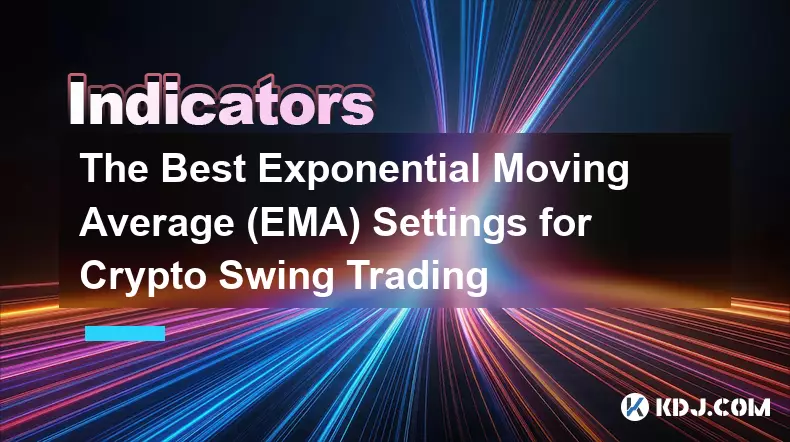
The Best Exponential Moving Average (EMA) Settings for Crypto Swing Trading
Oct 25,2025 at 04:55pm
The Best Exponential Moving Average (EMA) Settings for Crypto Swing TradingSwing trading in the cryptocurrency market relies heavily on identifying tr...
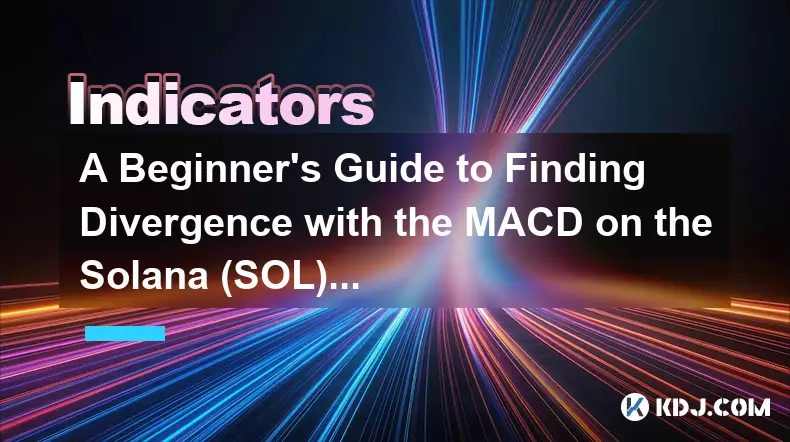
A Beginner's Guide to Finding Divergence with the MACD on the Solana (SOL) Chart
Oct 26,2025 at 12:36pm
Understanding MACD and Its Role in Solana Trading1. The Moving Average Convergence Divergence (MACD) is a momentum indicator widely used in cryptocurr...

How to Use the Aroon Indicator to Identify New Trends in Cardano (ADA)
Oct 26,2025 at 10:18pm
Understanding the Aroon Indicator in Cryptocurrency Trading1. The Aroon indicator is a technical analysis tool designed to identify whether an asset i...
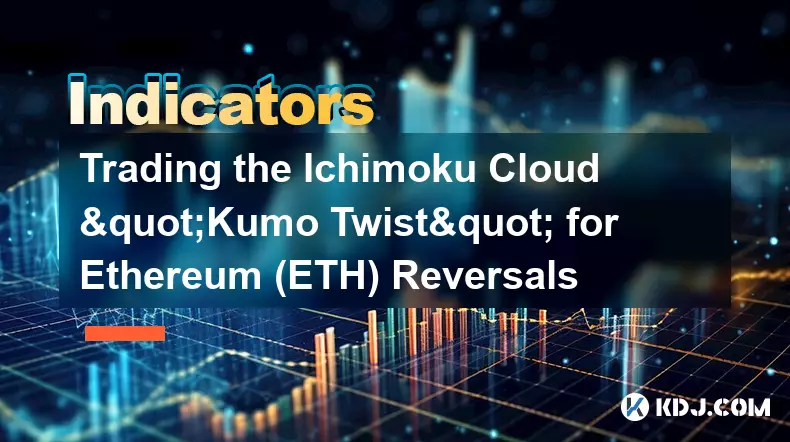
Trading the Ichimoku Cloud "Kumo Twist" for Ethereum (ETH) Reversals
Oct 27,2025 at 01:54am
Understanding the Ichimoku Cloud and Its Components1. The Ichimoku Cloud, also known as Ichimoku Kinko Hyo, is a comprehensive technical analysis tool...
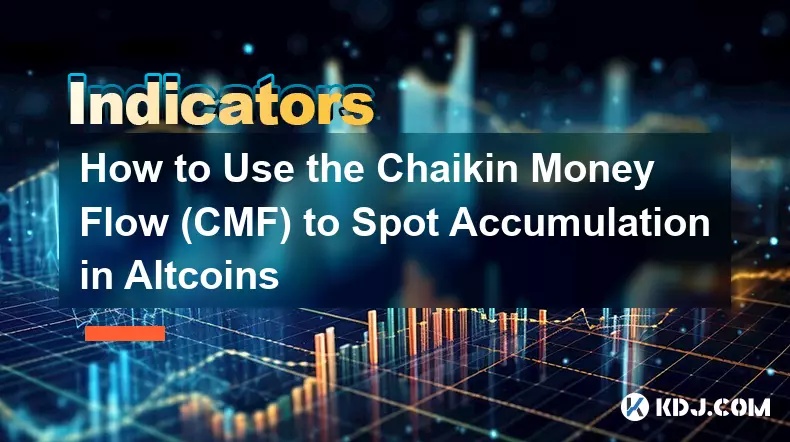
How to Use the Chaikin Money Flow (CMF) to Spot Accumulation in Altcoins
Oct 25,2025 at 08:18pm
Understanding Chaikin Money Flow in the Context of Altcoin Markets1. The Chaikin Money Flow (CMF) is a technical indicator developed by Marc Chaikin t...

How to Trade with the Keltner Channel Indicator on the Ethereum (ETH) Chart
Oct 28,2025 at 08:54am
Understanding the Keltner Channel in Ethereum Trading1. The Keltner Channel is a volatility-based technical indicator that consists of three lines: an...

The Best Exponential Moving Average (EMA) Settings for Crypto Swing Trading
Oct 25,2025 at 04:55pm
The Best Exponential Moving Average (EMA) Settings for Crypto Swing TradingSwing trading in the cryptocurrency market relies heavily on identifying tr...

A Beginner's Guide to Finding Divergence with the MACD on the Solana (SOL) Chart
Oct 26,2025 at 12:36pm
Understanding MACD and Its Role in Solana Trading1. The Moving Average Convergence Divergence (MACD) is a momentum indicator widely used in cryptocurr...

How to Use the Aroon Indicator to Identify New Trends in Cardano (ADA)
Oct 26,2025 at 10:18pm
Understanding the Aroon Indicator in Cryptocurrency Trading1. The Aroon indicator is a technical analysis tool designed to identify whether an asset i...

Trading the Ichimoku Cloud "Kumo Twist" for Ethereum (ETH) Reversals
Oct 27,2025 at 01:54am
Understanding the Ichimoku Cloud and Its Components1. The Ichimoku Cloud, also known as Ichimoku Kinko Hyo, is a comprehensive technical analysis tool...

How to Use the Chaikin Money Flow (CMF) to Spot Accumulation in Altcoins
Oct 25,2025 at 08:18pm
Understanding Chaikin Money Flow in the Context of Altcoin Markets1. The Chaikin Money Flow (CMF) is a technical indicator developed by Marc Chaikin t...

How to Trade with the Keltner Channel Indicator on the Ethereum (ETH) Chart
Oct 28,2025 at 08:54am
Understanding the Keltner Channel in Ethereum Trading1. The Keltner Channel is a volatility-based technical indicator that consists of three lines: an...
See all articles










































































